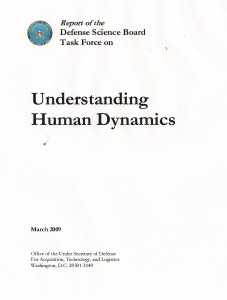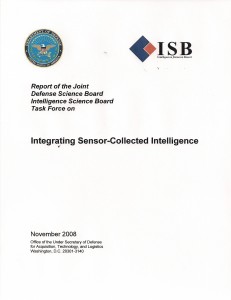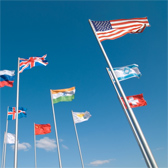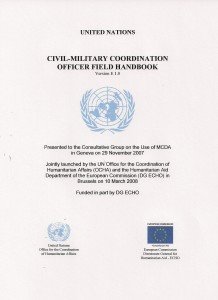This report is so out-of-character for the Defense Science Board (DSB), and yet so vital to the emerging concept of “full-spectrum” Human Intelligence (HUMINT), that we consider it a “must read.” It may well be one of the most important DSB reports of the decade. It inventories the mish-mash of endeavors that presume to collect, process, analyze, and exploit intelligence about humans and their social networks. Reading between the lines, it is clear that a) DoD has no idea what it is doing in this area; and b) DoD has no bench, anywhere. The report is beautifully put together and provides a fine high-level review of the importance of leadership, inter-agency sharing and understanding, internal education, the importance of recovering lessons learned from the past and not lsing the hard-earned lessons re-learned. We've had this report printed, it will be read more than once. Of greatest interest from a Public Intelligence point of view as well as a HUMINT point of view (see our draft paper HUMAN INTELLIGENCE (HUMINT): All Humans, All Minds, All the Time), is the repeat–that's important–they are repeating prior recommendation in prior repor(s) of the need for a Center for Global Engagement. The downside is that this will become another Human Terrain Team (HTT) turd in the punchbowl. However, if it were handled properly, as a sister element to the emerging Defense Intelligence Open Source Program (DIOSPO), and it were fully multinational as briefing to the Coalition Coordination Center (CCC) in Tampa, then it might be a huge help to the Secretary across all fronts including acquisition and Whole of Government Planning, Programming, Budgeting, and Campaigning (PPBC).








